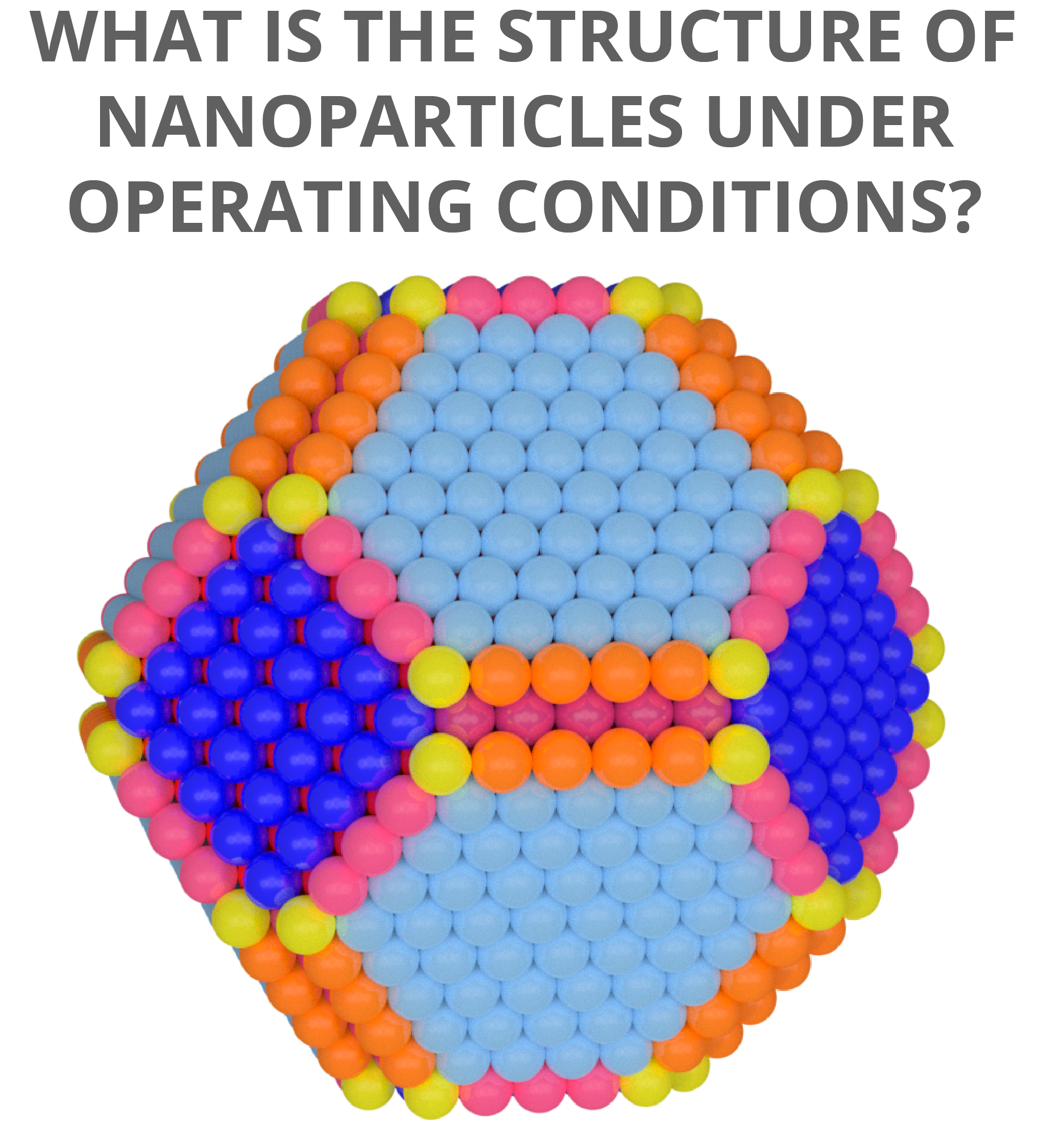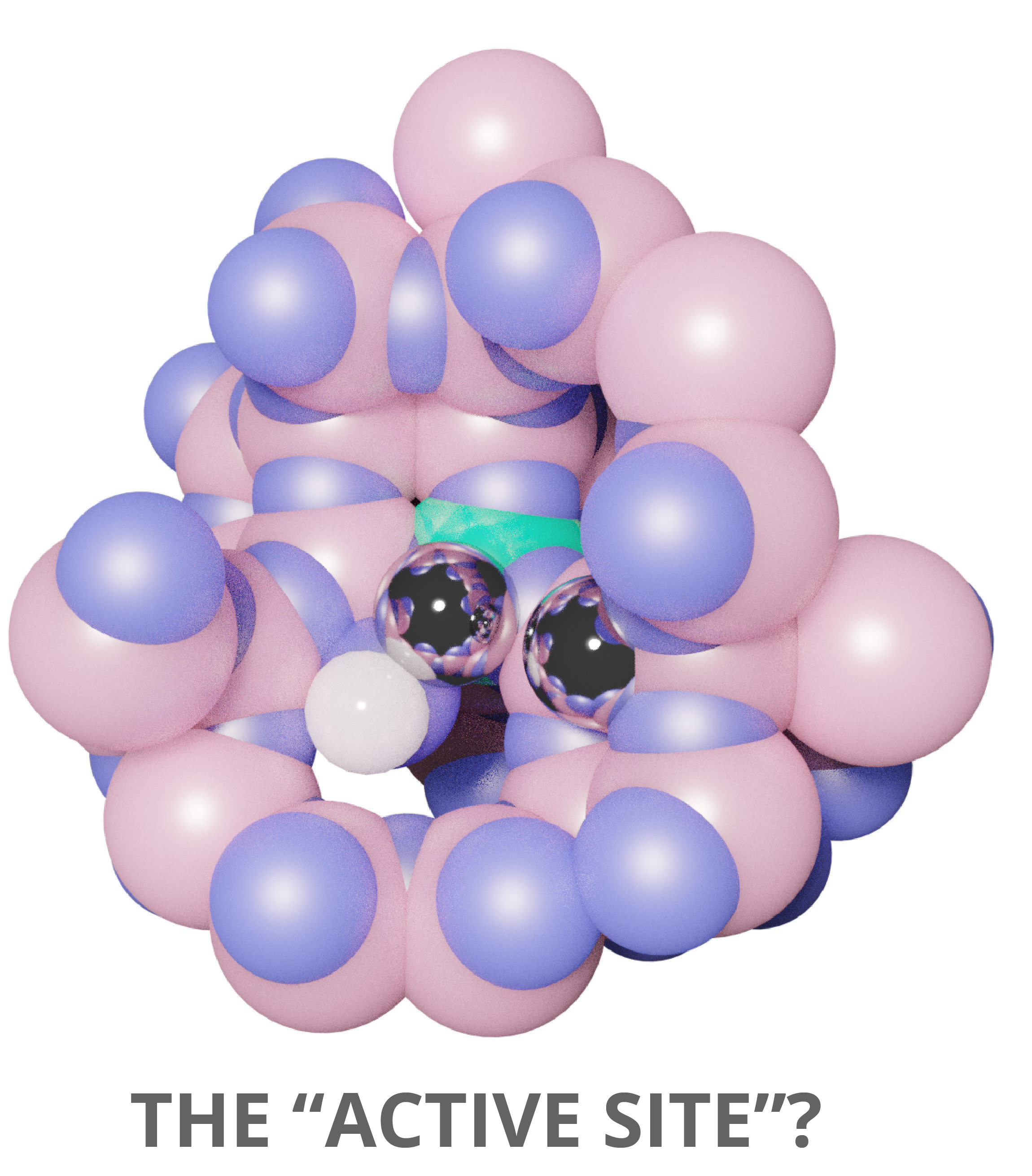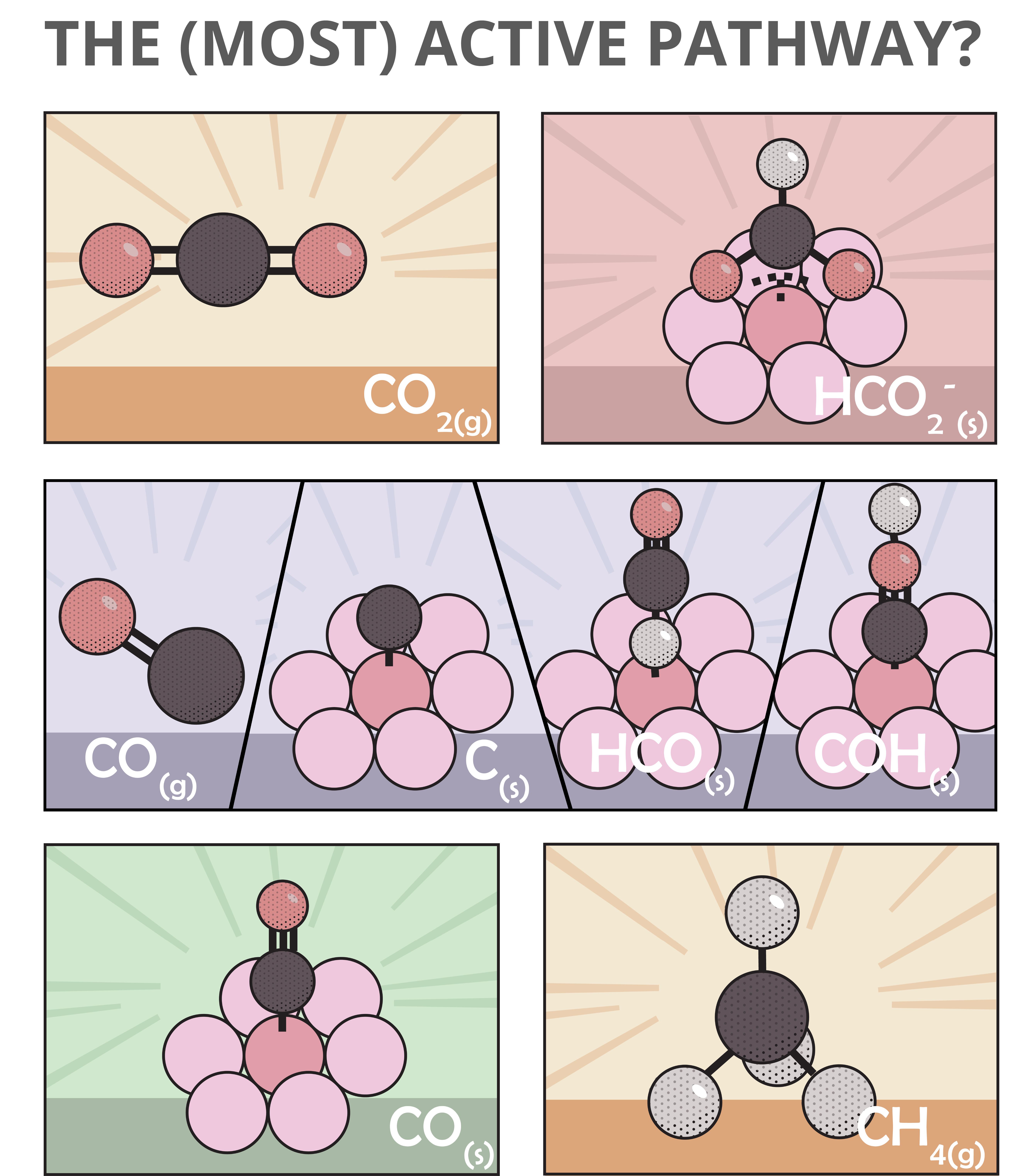


Surface processes at metal interfaces are important for many different applications, most notably heterogeneous catalysis (approximately 90% of chemical processes - and thus nearly all manmade things - include at least one catalytic step). Yet due to the complex nature of their structure, and fast dynamics at operando temperatures and pressures, their nanoscale behavior under working conditions remains poorly understood. The Vogt group works towards establishing a new generation of detailed fundamental insights into future and conventional surface processes, all for extremely relevant processes like ammonia synthesis (the largest single greenhouse gas emitting process in the world), CO2 reduction, or waste conversion to valuable chemicals like hydrocarbons.
It’s our aim to figure out the smallest details of how catalysts and chemical reactions work. We do that in order to make those processes better, or to (help) to invent the new ones that are necessary. To study these reactions we develop special spectroscopic methodologies which allow us to study details we couldn’t study before.
All efforts are driven by the quest to tackle some of the immense challenges modern society faces, like the quest for an energy transition, or the tangential aim for a circular society both aiding to abate climate change.